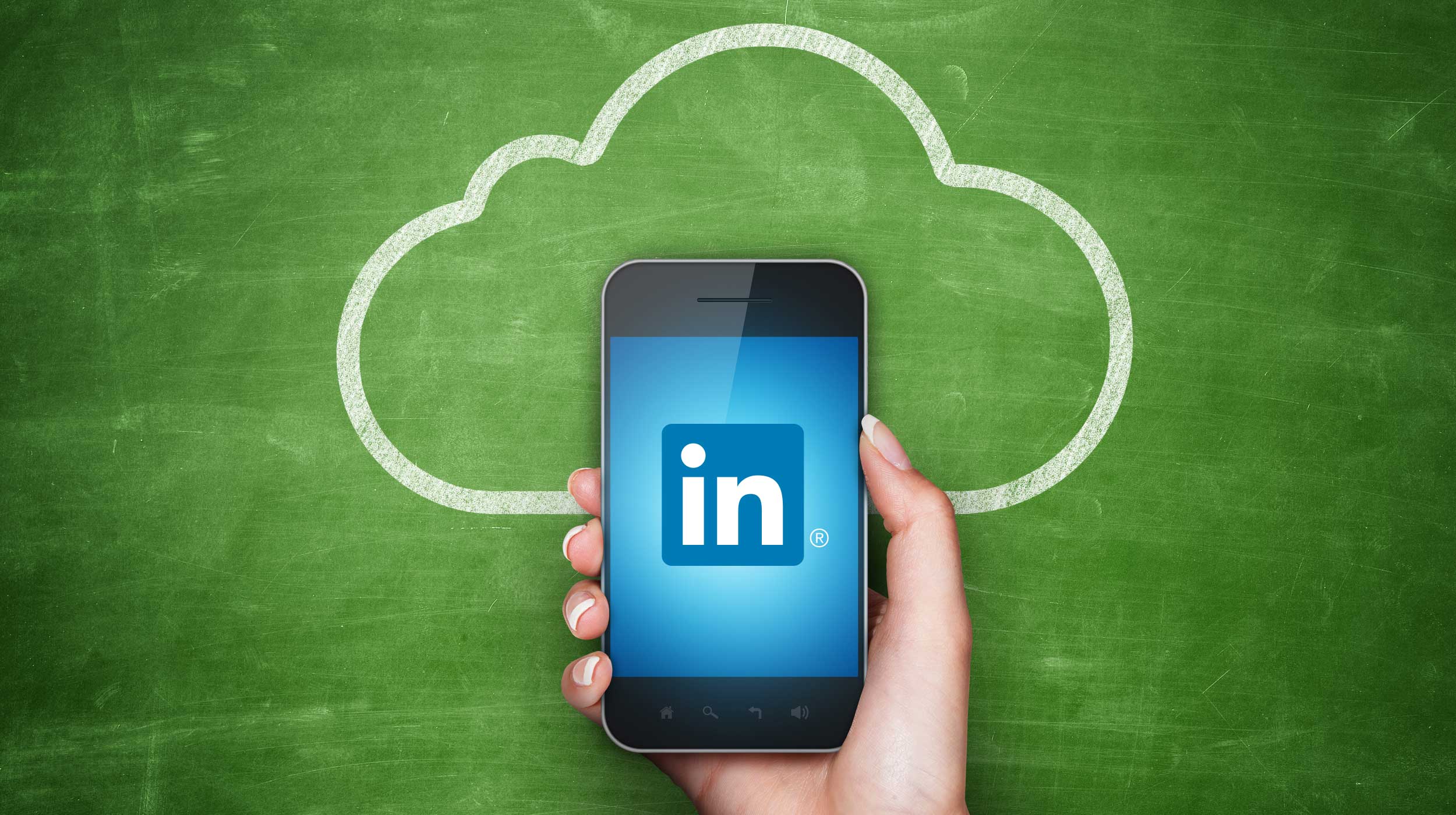Imagine the popular social media channels as a family:
- Twitter is the gossipy cousin.
- Facebook is the uncle who shares news and keeps the family connected.
- Instagram is the sister who loves design.
- Pinterest is the aunt who shares pictures of everything she plans to buy.
- Snapchat is the brother that wants to tell you something, but doesn’t want to take a chance that you’ll share it with the family.
LinkedIn is the serious professional uncle that could get you a job.
Now that LinkedIn is being acquired by Microsoft in a $26.2 billion cash deal, the largest in Microsoft’s history, will LinkedIn be transformed from dour uncle to cool hipster dude?
It seems unlikely that any major makeover of LinkedIn will happen any time soon. After all, the network has 400 million global members that like it as it is. In addition, the mix of Microsoft and LinkedIn is a logical partnership between the biggest professional social media network and the company that developed the software — Word, PowerPoint, Excel, Project and more — professionals use every day.
Who uses LinkedIn?
According to LinkedIn, the largest contingent — twelve percent each — work in finance and medicine. This is followed by ten percent each in technology and education. Eight percent each work in manufacturing and consumer goods. Six percent of users work in corporate functions. Lawyers make up two percent.
LinkedIn users typically work for big companies. Three quarters are employed by firms with more than 1,000 employees, while almost half work for companies with 10,000+ employees.
Approximately half the people on LinkedIn are considered decision-makers, including business owners, entrepreneurs, C-suite executives, vice-presidents, directors and managers. Not surprisingly, people on LinkedIn skew older than those on most other social networks.
According to a study by the Pew Research Center, LinkedIn users are highly educated, second only to Facebook. LinkedIn is also number two to Facebook in terms of annual income.
These statistics make it clear that If you want to market to educated, higher-income, professional influencers, LinkedIn is the place to do it.
Using LinkedIn effectively
Here are some of the best ways to use LinkedIn as a marketing and corporate-level networking tool:
Burnish your company’s image. Publish thoughtful, innovative material on LinkedIn Pulse or promote content from your company’s blog or website on its LinkedIn page. It will demonstrate to prospective clients and employees that your firm has a unique and distinct point-of-view. Tip: If you want to make your content seem more personal, consider publishing it on the LinkedIn page of a corporate spokesperson. Clear authorship makes it more likely that readers will engage with — and get into a dialogue about — the content.
Hire intermediaries and other employees. Use LinkedIn as a networking tool to find new brokers, accountants, financial planners and other employees. Take advantage of smart targeting to find qualified candidates or network with possible new hires in LinkedIn groups. Remember: LinkedIn is a good marketing tool, but most people signed-up for it in the first place to find a new job.
Start a conversation. LinkedIn is an ideal way to “meet” thought leaders and other people you — or your sales force — might not be able to connect with in person. There are countless ways to do this. Start my linking with them. Take time to thoughtfully comment on the things they publish. Use the messaging function to reach out. Doing so will help you find new prospects, advocates or company spokespeople. Remember to stay polite and don’t nag. Similar to real life, the worst that could happen is that people you approach don’t respond to your requests.
Be social. LinkedIn is a social network centered on the workplace. Leverage opportunities to socialize to build and maintain relationships and reconnect with former co-workers and business contacts. Send congratulations for work anniversaries, new jobs or promotions. Endorse people for their skills. Share content with your network. Think of it as a “nudge” that says you want to keep in touch.
Network. If you work for a B2B company, get your wholesalers and intermediaries to network and share content through financial and professional services industry LinkedIn groups. This is a much warmer way to start a relationship than cold-calling.
Follow-up. If someone links to you or your business, send a message to thank them and offer your services. Find out if there is anything you can help them with. After all, there had to be a reason they linked to you in the first place.
InMail. Most email solicitations don’t make it to a recipient’s in-box today. SPAM filters catch most of it. The little that makes it through gets lost in the clutter and is likely never read. LinkedIn’s InMail service could be the only chance you have to send a personalized message and offer to a prospect and have a reasonable chance they will read it. Most inMail boxes aren’t as packed as standard email inboxes.
Targeted advertising. Many firms shy-away from advertising on LinkedIn because of the relatively high cost, along with the significant minimums charged. However, LinkedIn offers a unique audience and advertising environment, so the cost to advertise on it could be worthwhile. In addition, LinkedIn has eased-up on the minimum commitments, so the cost of entry is probably lower than you expect. An agency experienced in social media marketing can help you decide whether paid promotion on LinkedIn is a smart move for your firm.
Make an impact. One of the limitations of LinkedIn is that users don’t visit it as often as they do other social channels. It’s important that every message and image be as engaging and meaningful to users as possible in order to attract attention. Develop creative that stands out.
Next steps
Need help marketing on LinkedIn or other popular social media networks? Contact Carpenter Group. We stay up-to-date on the latest social media marketing techniques for the financial and professional services and technology industries. We’ll help you develop social marketing programs that will get you measurable results aligned with your goals.




